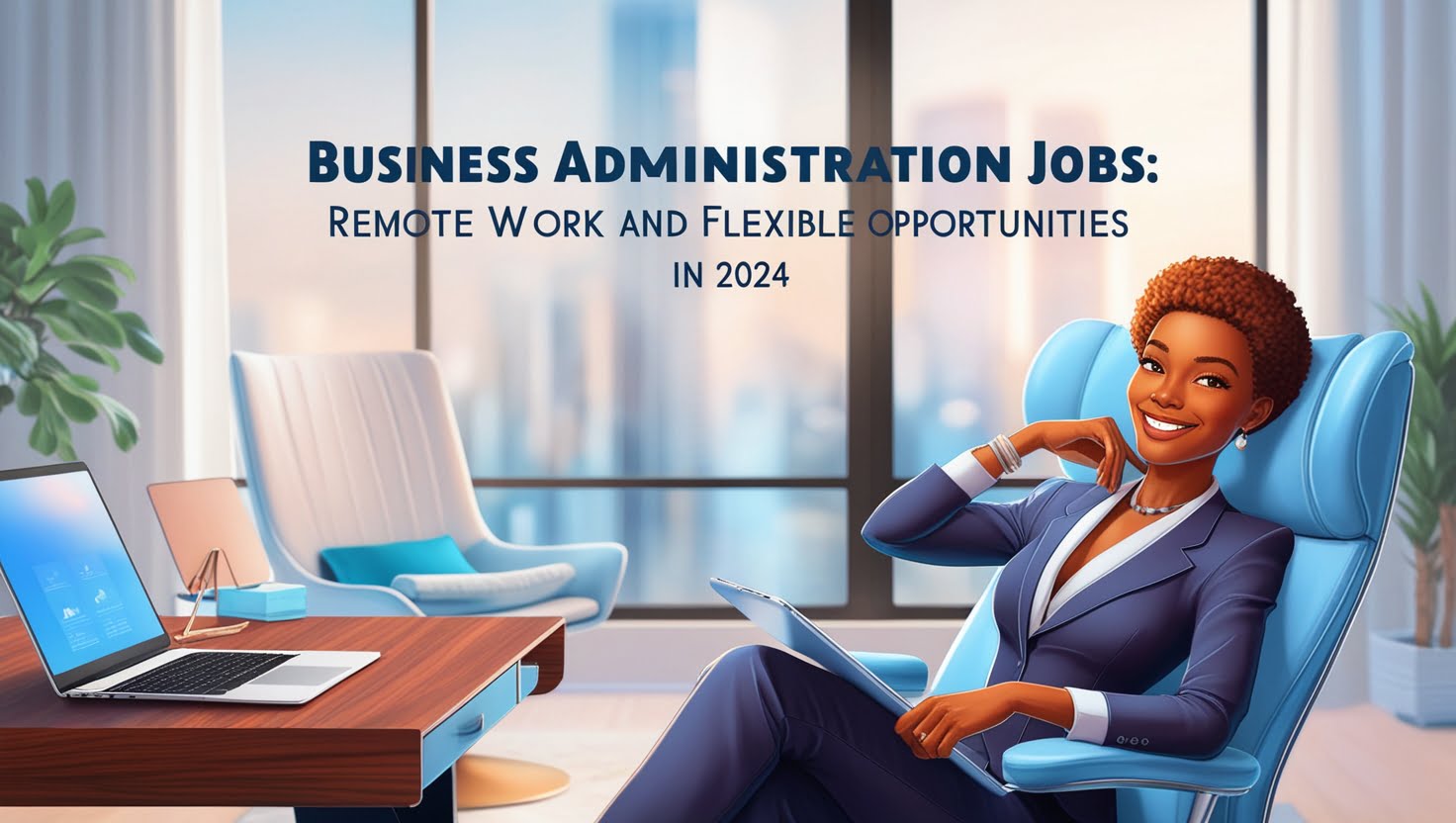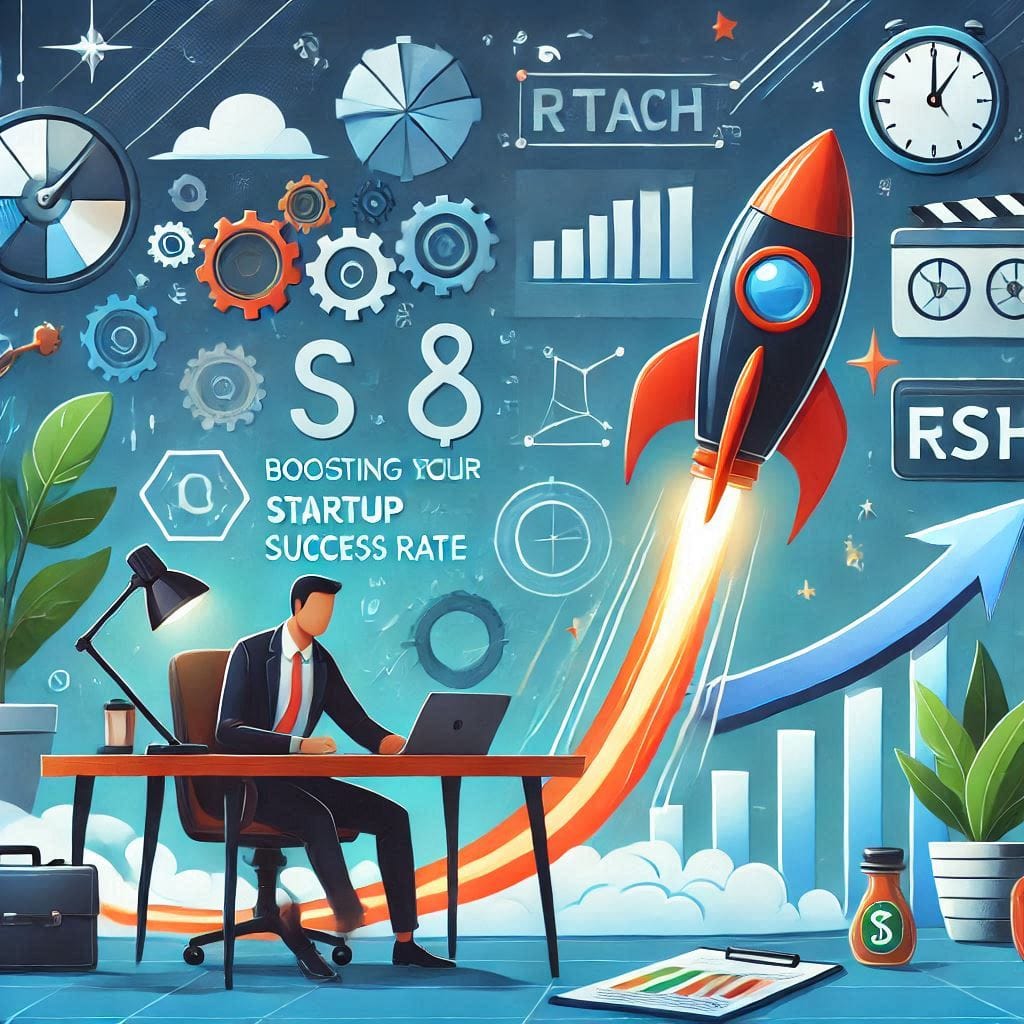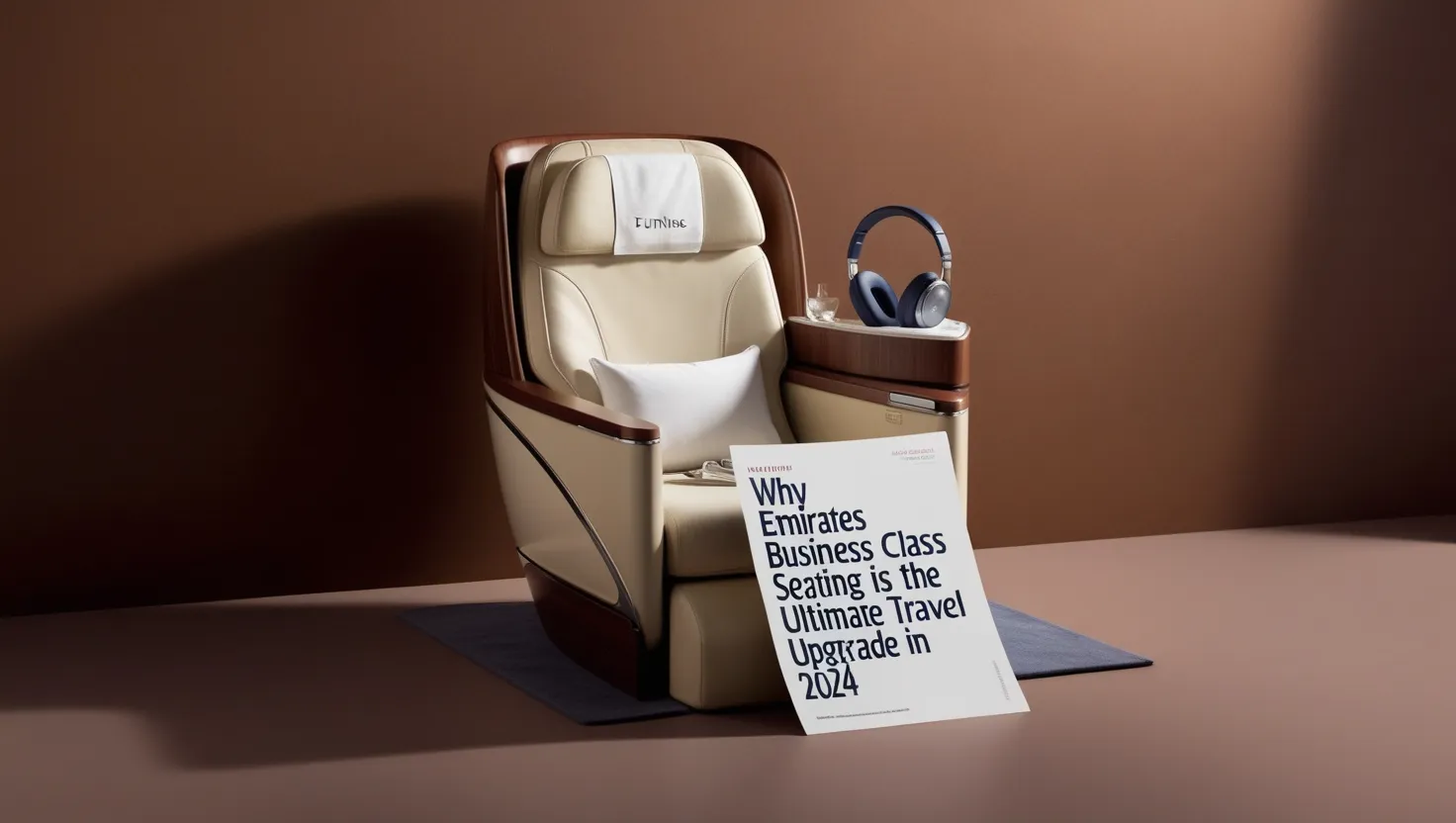Business Formal vs. Business Casual: Understanding the Differences in 2024-As workplace culture evolves, so do the dress codes that define professional environments. In 2024, understanding the differences between business formal and business casual is essential for navigating corporate events, meetings, and everyday office life. Both styles serve distinct purposes and convey different messages about professionalism and personal style. In this article, we’ll explore the nuances of each dress code to help you make informed choices.
What is Business Formal?
Business formal attire is the traditional standard for professional settings. It emphasizes a polished and sophisticated look that conveys authority and competence. This style is typically required in high-stakes environments, such as corporate meetings, conferences, and formal networking events.
Key Components of Business Formal
For men, business formal typically includes a tailored suit, a dress shirt, a tie, and polished leather shoes. Women often opt for tailored suits, blouses, or professional dresses paired with closed-toe heels. Fabrics should be high-quality, and colors are usually muted—think navy, black, or grey.
What is Business Casual?
On the other hand, business casual offers a more relaxed approach while still maintaining professionalism. This style has gained popularity in various workplaces, especially those with a more modern or creative culture. Business casual is often appropriate for everyday office attire, team meetings, or casual Fridays.
Key Components of Business Casual
For men, business casual might include chinos or dress slacks, collared shirts, and loafers or dress shoes without a tie. Women can wear tailored trousers or skirts with blouses or smart sweaters, often paired with flats or low heels. The colors and patterns can be more vibrant and varied compared to business formal.
The Purpose Behind Each Dress Code
Understanding the purpose behind each dress code can help you choose the appropriate attire for any situation. Business formal is all about projecting seriousness and professionalism, making it suitable for high-profile meetings, presentations, or interviews.
When to Choose Business Formal
- Job Interviews: First impressions matter. Dressing in business formal attire demonstrates respect for the opportunity and conveys seriousness about the position.
- Client Meetings: When meeting clients or stakeholders, dressing formally helps establish credibility and professionalism.
- Corporate Events: Events like annual meetings or gala dinners often call for business formal attire to reflect the importance of the occasion.
Business casual, in contrast, promotes comfort and individuality while still adhering to a level of professionalism. This dress code is suitable for most office environments, especially those that encourage creativity and flexibility. (Read More: Technology as the Primary Driver of Business Pulse: Navigating the Digital Era on 2024)
When to Choose Business Casual
- Daily Office Wear: Many companies have adopted a business casual dress code for everyday work, allowing employees to express their personal style while remaining professional.
- Team Meetings: For internal meetings, business casual attire is often appropriate, promoting a relaxed atmosphere.
- Networking Events: Casual networking events allow for a more relaxed look, making it easier to connect with others.
Key Differences Between Business Formal and Business Casual

The differences between business formal and business casual can often be subtle but impactful. Here are some key distinctions to keep in mind:
1. Level of Formality
Business formal is the epitome of professional dress, while business casual allows for more relaxed and comfortable choices.
2. Clothing Choices
Suits, ties, and formal shoes dominate business formal, whereas business casual incorporates chinos, blouses, and loafers.
3. Color and Patterns
Business formal attire tends to be conservative in color and pattern, while business casual encourages bolder choices and lighter fabrics. (Read More:
Why Business Acumen Is Essential for Entrepreneurs in a Competitive Market)
4. Accessories
In business formal, accessories are minimal and classic, whereas business casual can include more personal and trendy accessories.
How to Transition Between the Two
In some workplaces, you might need to switch between business formal and business casual depending on the occasion. Here are a few tips to navigate this transition smoothly:
1. Understand the Context
Always consider the event or setting before choosing your outfit. When in doubt, it’s better to err on the side of formality.
2. Mix and Match
If you’re in a business casual environment but want to add a formal touch, consider pairing a blazer with chinos or a smart dress with a tailored cardigan. (Read More: The Growing Popularity of Business Administration Degrees in 2024: What You Need to Know)
3. Invest in Versatile Pieces
Having a few key pieces that work in both contexts can simplify your wardrobe. For example, a well-fitted blazer can be dressed up with formal trousers or dressed down with jeans.
Conclusion article Business Formal vs. Business Casual: Understanding the Differences in 2024
In 2024, the distinction between business formal and business casual remains crucial for professionals navigating their careers. Understanding the differences not only helps you dress appropriately but also empowers you to convey the right message in various corporate settings. Whether you’re gearing up for a formal presentation or heading to a casual team meeting, choosing the right attire will always make a positive impression. Embrace the dress code that fits your situation, and remember that professionalism and confidence go hand in hand!





[…] diving into styling tips, it’s important to understand what business formal means. This dress code typically includes suits, dress shirts, blazers, ties, and polished shoes […]